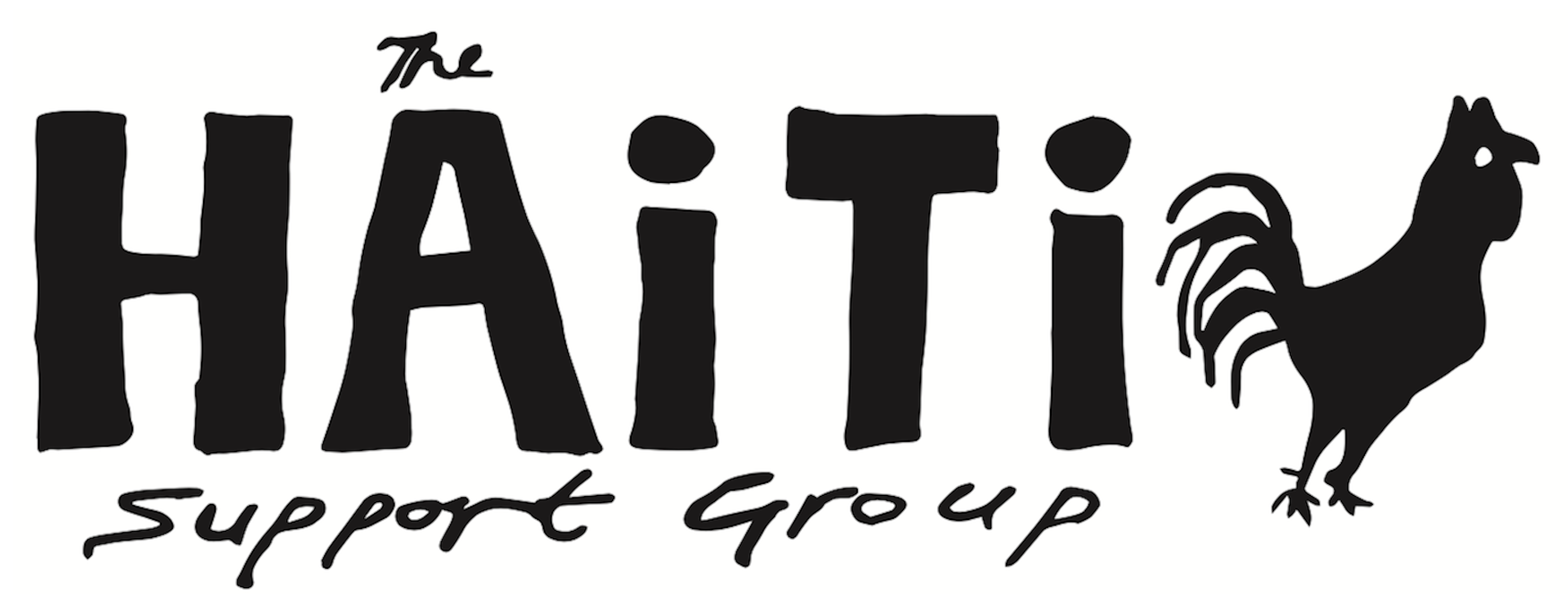Audit Finds US Loan Program in Haiti Filled with Flaws
March 4, 2013 Trenton Daniel (AP) in the Windsor Star. Original article here
PORT-AU-PRINCE, Haiti – An audit of a U.S. Agency for International Department program that aimed to boost Haiti’s economy by providing loans to businesses has found that the program failed to award loans to intended targets, train workers and keep accurate records.
The aim of the audit released in late February by USAID’s Office of the Inspector General was to see whether a USAID loan program was indeed introducing lending practices to overlooked areas and borrowers, particularly in the areas of agriculture, construction, tourism, handicrafts and waste management. Most of the loans were supposed to go toward women, first-time borrowers and small- and medium-sized enterprises.
The USAID office in Haiti had seven active guarantees worth $37.5 million as of last year. The audit focused on the four largest, worth $31.5 million, two of which were awarded after the devastating earthquake in 2010.
They were a Haitian bank named Sogebank, a Haitian development finance institution named Sofihdes that USAID helped create in 1983 and an agriculture-focused outfit named Le Levier Federation.
The audit found that few women and first-time borrowers received loans and lenders didn’t make much effort to work with them.
Loans were supposed to go to three “development corridors” identified by the U.S. government as part of its earthquake reconstruction strategy but few did. Instead they stayed in the Port-au-Prince area.
Ninety per cent of Sogebank’s loans were confined to the capital and the bank didn’t give loans to other parts of the country. Some 81 per cent of the Sofihdes loans were in Haiti’s capital.
A portfolio manager said Sogebank was supposed to focus initially in Port-au-Prince and expand to the other corridors later, the audit said. Sofihdes, based in the capital, didn’t have the resources to expand services to the other areas, the audit added.
Training could have been better, the audit also said.
The USAID office in Haiti failed to properly train workers who make the loan guarantee coverage decisions. Lenders didn’t always understand or carry out program goals and didn’t always adjust lending practices to meet the goals.
The audit found other problems.
The loans weren’t supposed to go to enterprises that appeared on a list of “prohibited businesses” that supported law enforcement activities, surveillance, gambling, tobacco, pharmaceuticals, and alcohol and jewelry. Loans, however, went to some of these businesses because, the audit said, “lenders didn’t have effective practices in place and because USAID didn’t periodically review the loans.”
The loan program sought to expand financial services to underserved areas but most borrowers already had relationships with at least one of the lenders. More than a quarter of the Sofihdes and Sogebank borrowers interviewed by auditors said they could qualify for a loan elsewhere.
A radio station in the capital, for example, purchased a generator and was told to get the loan from Sofihdes. The borrower already had a relationship with another Haitian bank and easily qualified for much larger loans.
Most of the lenders had problems with late payments, but it was “a serious problem” for Sofihdes, with 74 per cent and 30 per cent of its two guarantees, respectively, more than 90 days late.
“The growing number of bad loans occurred because neither Sofihdes nor USAID conducted portfolio reviews to determine whether potential problems existed and whether they needed to take corrective actions,” the audit said. “The Sofihdes director was not aware of this problem and believed that the number of claims was actually decreasing.”
The audit issued more than a dozen recommendations, with which USAID agreed.
They included a need to put in place a plan that would ensure timely repayment of loans, along with the possibility of providing more support to Sofihdes or its borrowers. Women and first-time borrowers needed to be targeted for loans, the audit said.
The USAID mission said it will begin talking with the financial institutions this month to figure out guidelines for including women and first-time borrowers, and will have a plan to pursue them by mid-June 2013.
USAID also said it now has a way to screen borrowers from prohibited activities and remove non-qualifying loans.
Sogebank and Le Levier Federation couldn’t be immediately reached for comment Monday. An email to Sofihdes wasn’t immediately returned.

